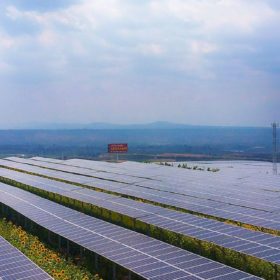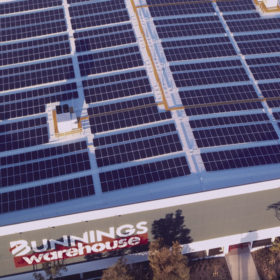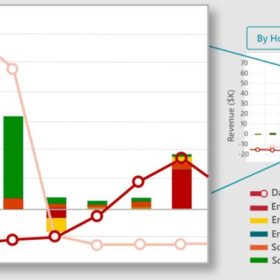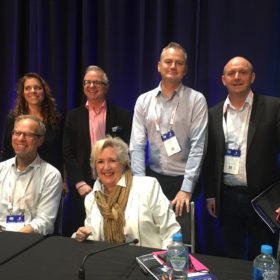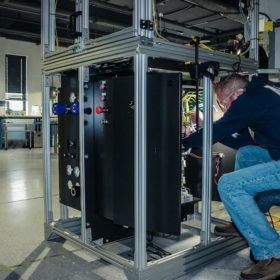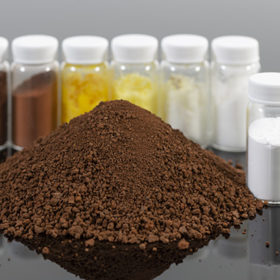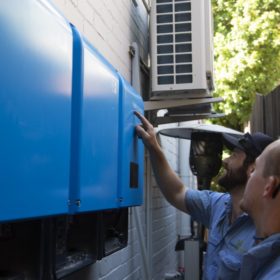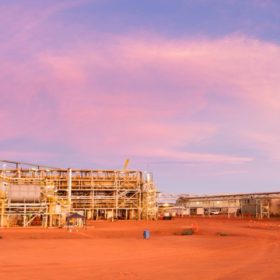Emissions-free battery recycling facility will use electricity rather than smelting
ACE Green Recycling has announced plans to build a new plant in Texas to recycle both lead-acid and lithium-ion batteries.
Heat-storage building material to passively cool PV systems, batteries
German researchers have developed a new shape-stabilised phase change material with the ability to store up to five times more thermal energy than commercially available phase change materials (PCMs).
Weekend read: Australia’s looming solar cliff
Some believe Australia has begun to tip over the “solar cliff,” reaching penetrations that are becoming disruptive to the balance of the grid and to the business models of solar companies themselves. Following notable exits from the market, alarm bells are ringing for solar companies to offer more than just solar installations, writes pv magazine’s Bella Peacock.
UL releases modelling software for utility scale energy storage
The software, called HOMER Front, is designed for standalone or hybrid solar or wind-plus-storage applications, aimed at maximising revenue streams.
It’s 2030 and Australia’s energy landscape looks like…
As part of the Smart Energy Conference held in Sydney last week, the Smart Energy Council’s Scott Hamilton ran a session on Australia’s hypothetical energy landscape in 2030. This is how panelists Simon Holmes á Court, Jane Caro, Richard Denniss, Karrina Nolan and Professor Iain MacGill think we’ll be living at the decade’s close.
US startup claims hydrogen output for $1.2/kg or less via new water vapour electrolyser
Advanced Ionics has developed an electrolyser that runs at temperatures below 650 C. It is reportedly able to produce hydrogen for US$0.85/kg (AU$1.2/kg) or less. CEO Chad Mason recently spoke with pv magazine to provide a closer look at the water vapour electrolysis tech.
Queensland critical battery minerals project receives $5.2 million federal grant
The Commonwealth government’s Critical Minerals Accelerator Initiative has awarded a $5.2 million grant to Canberra and Brisbane-based Lava Blue, a company seeking to improve the processes of valuable minerals from vanadium pentoxide processing waste, particularly high purity alumina.
Battery fire at Salt River Project in the US
Fire crews in Chandler, Arizona, sent robots into a building at the Salt River Project where a 10 MW battery was smouldering.
Over half of Australian solar installers move into storage as top industry brands named
The amount of solar installers offering storage solutions grew considerably in 2021 and promises to surge again this year, according to an annual survey by EUPD Research. The research centre has also released the top three 2021 brands for solar modules, inverters and storage in the Australian market, offering insights into where companies are buying equipment and which segments are seeing the most growth.
Construction begins on Lynas’ rare earths refinery in Western Australia
In the second piece of rare earths news this month, construction has begun on Lynas Rare Earths’ new processing facility in Kalgoorlie. The refined products are used in batteries and other renewable technology, with Lynas moving the processing it currently does in Malaysia onshore for the first time.
